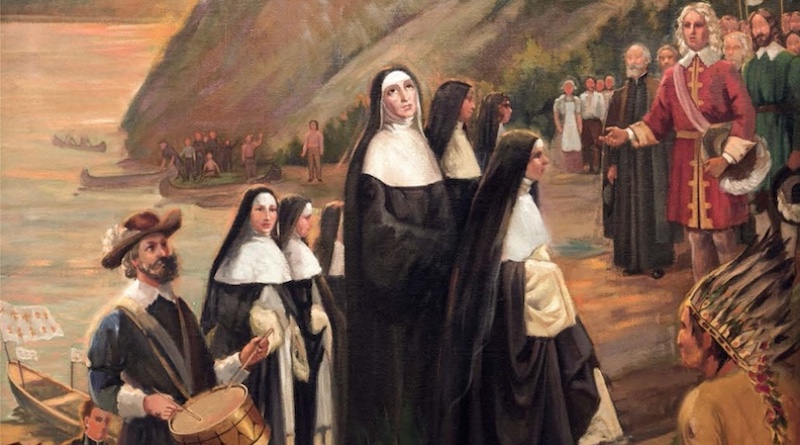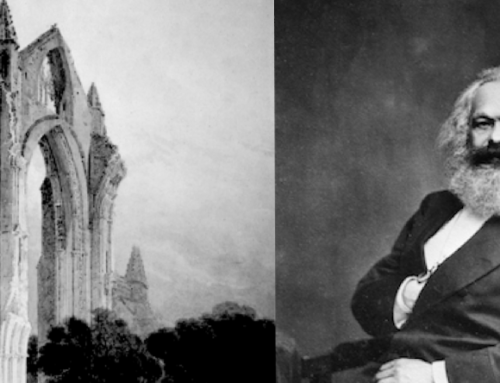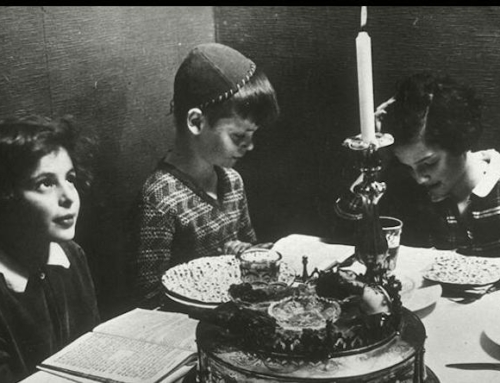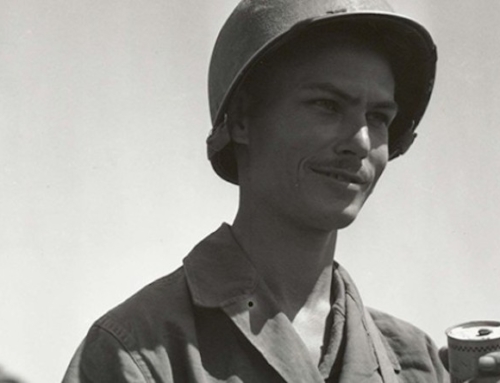This is part of a series entitled, “Pilgrimages: Paths We Tread.” Read the series introduction here. To see other posts in the series, click here.
Quebec City is more often thought of as a tourist destination than a pilgrimage site. Unlike Sainte-Anne-de-Beaupré half an hour to the northeast or St. Joseph’s Oratory in Montreal, Quebec City itself is not famous for many healing miracles that have taken place there. Instead, if a pilgrim goes to Quebec City, he goes to pray at the burial places of the holy men and women who founded the Church in Quebec. I made such a pilgrimage shortly before entering the novitiate, and I recommend it to fellow friars whenever they travel up to Quebec. One feature of such a pilgrimage is that, in a small way, the pilgrim emulates what these missionaries did with their whole lives—he leaves home for the sake of the Lord. Amid this holy dislocation, the self-giving zeal of the saints invites the pilgrim to ask for a missionary heart like theirs.
The Lord said to Abram: Go forth from your land, your relatives, and from your father’s house to a land that I will show you. (Gen 12:1)
If you enter the Old City through the Porte Saint-Louis, the first of Quebec’s saints whom you will come across is St. Marie de l’Incarnation (1599–1672), who is buried in the Chapelle des Ursulines. Widowed at a young age, St. Marie entered an Ursuline monastery in 1631 after careful discernment with her spiritual director, entrusting her 12-year-old son to the care of her sister. Having received a vision from God instructing her to build a house for Jesus and Mary in Canada, she crossed the Atlantic in 1639 and led the first group of religious sisters to set foot in Quebec. There, she established a girl’s school for French and indigenous girls, wrote dictionaries and catechisms in indigenous languages, and resourcefully governed her Ursuline community. Her spiritual autobiographies, written as letters to her devoted son (who became a Benedictine monk), are classics of the literature of New France.
Five minutes’ walk away from the Ursuline convent, in the Cathedral-Basilica of Notre-Dame de Québec, lies St. François de Laval (1623–1708), the first bishop of Quebec. As a young priest, Laval was a close friend of François Pallu, one of the founders of the Société des Missions Étrangères de Paris (MEP), and they were nominated together in 1653 to be missionary bishops in Vietnam. After political obstacles delayed their departure for Asia, Laval was instead appointed the first vicar apostolic of Quebec, and he crossed the Atlantic in 1659 at the age of 36. Laval brought his missionary ardor with him to Quebec, traveling tirelessly by canoe and snowshoe to visit remote parishes and indigenous missions. He instilled his zeal for souls in his clergy, establishing the Séminaire de Québec not only as a school for the priesthood but also as a headquarters for his priests, who were sent from there to preach in the surrounding regions and as far away as the Mississippi.
Ten minutes’ walk from the cathedral, in the pilgrimage center joined to the Monastère des Augustines, you will find the third of our founder-saints, Bl. Catherine de Saint-Augustin (1632–1668). Desiring from a young age to dedicate herself entirely to God, Bl. Catherine became an Augustinian Hospitalière sister at the age of 12 and sailed to the New World in 1648 when she was only 16. In Quebec, she served in and eventually directed the Hôtel-Dieu de Québec hospital, combining practical skill with a tenderness that warmed the hearts of both French and indigenous patients, all while she discreetly concealed intense interior trials. Encouraged by mystical visions of the great martyr St. Jean de Brébeuf, Bl. Catherine offered to God her sufferings and her whole life for the salvation of souls in Canada. She died at the age of 36, remembered by her indigenous patients as Iakonikonriiostha, meaning “she who beautifies the soul.”
And everyone who has given up houses or brothers or sisters or father or mother or children or lands for the sake of my name will receive a hundred times more, and will inherit eternal life. (Matt 19:29)
As the pilgrim spends time honoring each of these saints and learning from the exhibits near their tombs, his mind and heart are stretched by the scale of their devotion. He comes to discover and desire a greater embrace of evangelical mobility and toil than he may have been acquainted with before. Each of the three saints named above had a similar experience when, while still in France, they read and pondered the accounts of the first Jesuit missionaries in North America. In our own lives, it is helpful that we too should have such eye-opening encounters with evangelical souls, given that we are all called—each in his own way—to be missionary disciples. With this in mind, I invite you to consider visiting Quebec City not as a tourist but as a pilgrim: leave home for a little while, and be emboldened by saints who left home for life to spread the Gospel.
✠
Image: Soeur Marie-Blanche Lemieux, Arrivée des Hospitalières à Québec







